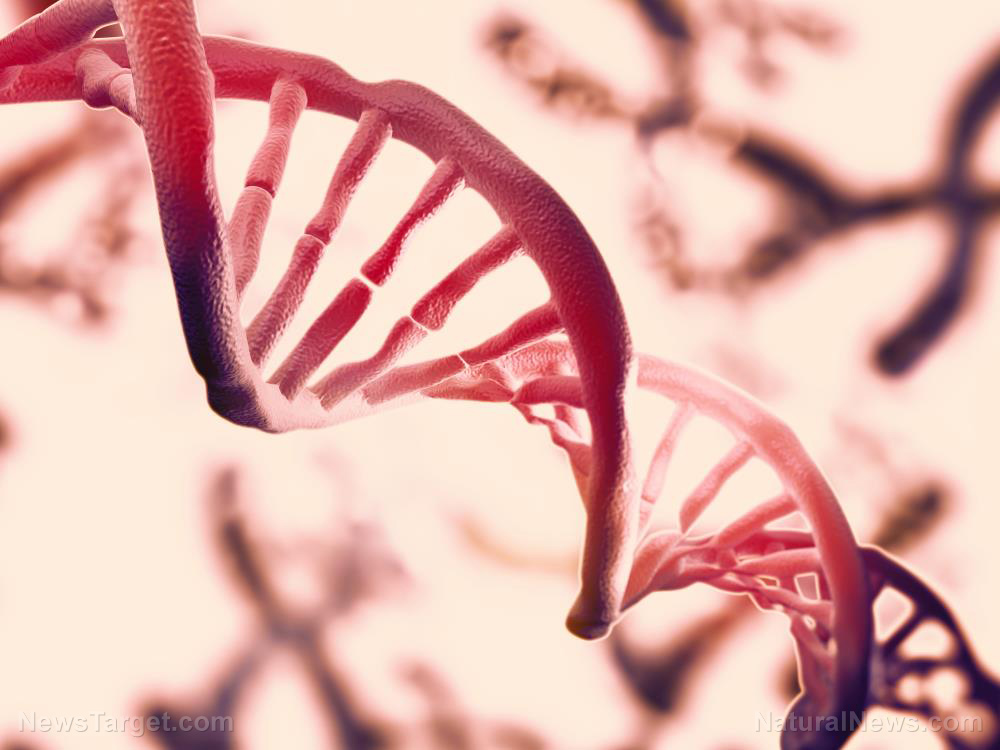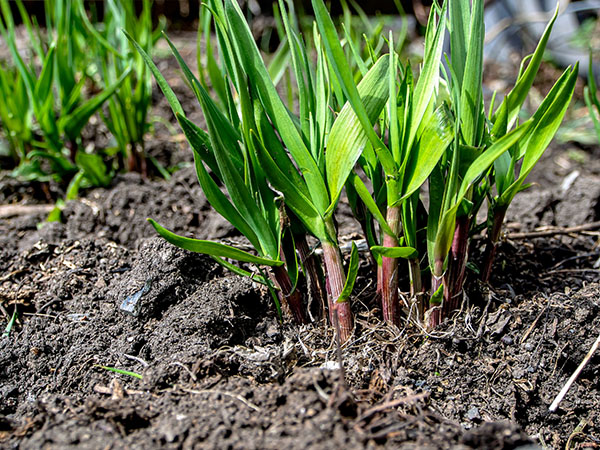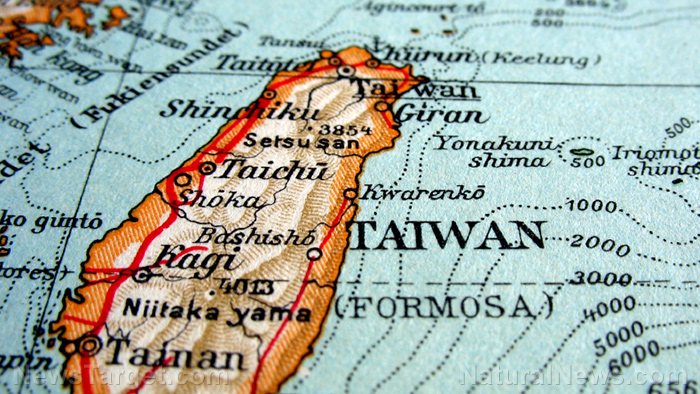Iron, plagues and survival: The evolutionary secrets behind our genes and diseases in "Survival of the Sickest"
- In "Survival of the Sickest," Dr. Sharon Moalem and Jonathan Prince posit that harmful genetic conditions like hemochromatosis persisted because they once provided survival advantages, such as protecting against iron-dependent infections (e.g., bubonic plague) by starving bacteria of iron.
- A misdiagnosed athlete with fatigue and joint pain was found to have hemochromatosis – a disorder causing dangerous iron overload. Treatment involves bloodletting (phlebotomy) to reduce iron levels, a practice once dismissed but now medically validated.
- Traits like hemochromatosis, diabetes-like glucose spikes (possibly aiding cold adaptation) and dark/light skin variations reflect genetic adaptations to environmental pressures (e.g., climate, diet or UV exposure).
- The body tightly regulates iron to balance its necessity for oxygen transport with its exploitation by pathogens. Natural defenses (e.g., iron-binding proteins in tears) highlight this delicate equilibrium.
- Evolutionary adaptations like wood frogs' freeze resistance or East Asians' alcohol flush reaction (deterring alcoholism) reveal how "flaws" may be vestiges of past survival strategies, offering insights for modern medicine.
The book "
Survival of the Sickest: A Medical Maverick Discovers Why We Need Disease" by Dr. Sharon Moalem and Jonathan Prince explores the fascinating paradox of how diseases that seem harmful today may have once been crucial for human survival.
Through a blend of genetics, evolutionary biology and medicine, the authors reveal how certain genetic conditions like hemochromatosis persist because they once offered lifesaving advantages. Take Aran Gordon, a financial executive and athlete training for the Marathon des Sables, a brutal 150-mile race across the Sahara.
Instead of experiencing peak athletic performance, he suffered fatigue, joint pain and heart irregularities. After years of misdiagnoses, doctors discovered he had hemochromatosis – a genetic disorder causing excessive iron absorption.
Left untreated, hemochromatosis leads to liver damage, diabetes, heart failure and premature death. Essentially, the body rusts from within. Yet despite its dangers, hemochromatosis is shockingly common in people of Western European descent – with roughly one in three carrying the gene.
Why would such a harmful mutation persist? The answer lies in iron's double-edged role in survival. While essential for oxygen transport and energy, iron is also exploited by bacteria and parasites to thrive.
Historically, hemochromatosis may have provided an evolutionary edge during outbreaks like the bubonic plague.
The Black Death devastated 14th-century Europe, wiping out a third to half of the population. However, some individuals survived – possibly those with hemochromatosis.
Researchers suggest that by locking excess iron in immune cells, these individuals starved invading bacteria, making their bodies less hospitable to infection. In a world where surviving past middle age was rare, a trait that thwarted lethal plagues – even if it caused health problems later – was a genetic jackpot.
This paradox extends to the controversial practice of bloodletting, once dismissed as medieval quackery but now recognized as an effective treatment for hemochromatosis. Patients like Gordon undergo weekly phlebotomies (blood draws) to reduce iron overload.
Surprisingly, bloodletting might have broader benefits. Research suggests it could help manage heart disease and infections by limiting iron availability to pathogens. Ancient remedies, it seems, sometimes hold hidden wisdom.
The book also examines how our bodies regulate iron in surprising ways. Tears, saliva and mucus contain proteins that bind to iron, starving bacteria and preventing infections. This iron-withholding defense underscores the intricate balance between survival and susceptibility – a theme repeated across evolutionary adaptations.
One striking example is the wood frog (
Rana sylvatica), which survives freezing temperatures by flooding its bloodstream with glucose, acting as a natural antifreeze. This mechanism mirrors temporary diabetes, raising the possibility that diabetes may have been an adaptation during rapid climate shifts like the Younger Dryas period 13,000 years ago. A diabetes-like spike in blood sugar could have lowered blood freezing points, helping early humans endure extreme cold.
Skin color offers another evolutionary tale. Dark skin protects against UV radiation, preserving folate for fetal development. But as humans migrated northward, lighter skin evolved to maximize vitamin D synthesis in low sunlight.
The Inuit, however, maintained darker skin despite Arctic conditions – likely due to
their vitamin D-rich seafood diet. Their example highlights the interplay of genetics and environment.
Finally, the alcohol flush reaction common in East Asians – caused by a genetic inability to metabolize alcohol efficiently – shows how apparent disadvantages can be protective. The resulting buildup of toxic acetaldehyde deters excessive drinking, reducing alcoholism risks.
From hemochromatosis' iron defense to the wood frog's freeze resistance, our bodies reflect millions of years of evolutionary ingenuity. These conditions remind us that disease isn't always a flaw, but a relic of survival strategies that once served our ancestors well. By understanding these genetic legacies, we unlock
deeper insights into health, medicine and the extraordinary resilience of human biology.
Watch this video about the book
"Survival of the Sickest: A Medical Maverick Discovers Why We Need Disease" by Dr. Sharon Moalem and Jonathan Prince.
This video is from the
BrightLearn channel on Brighteon.com.
Sources include:
Brighteon.ai
Brighteon.com












